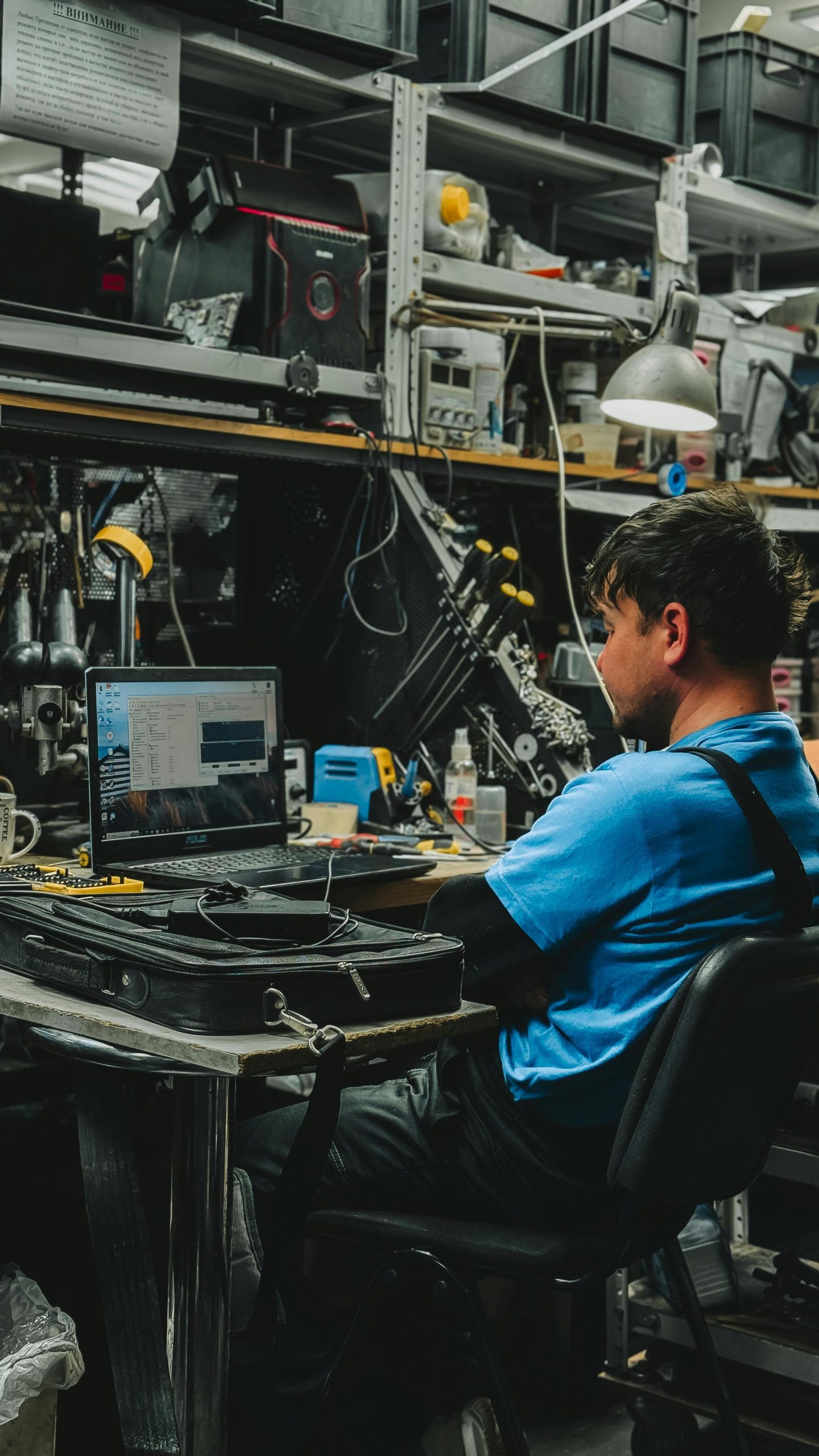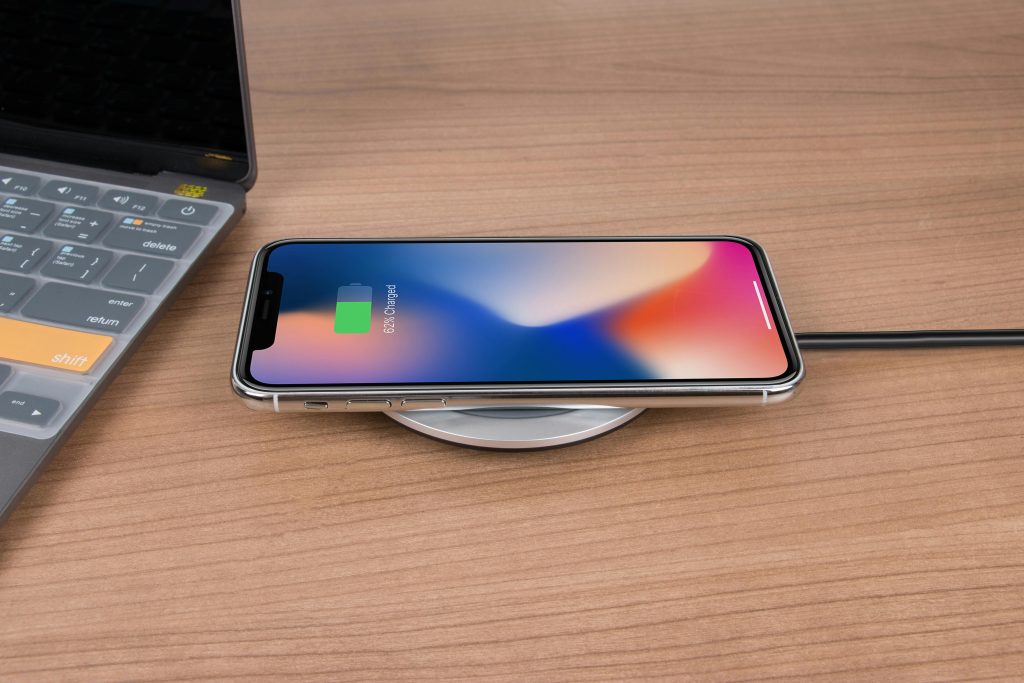Understanding Laptop Repair Challenges: A Case Study
When technology issues arise, especially with essential devices like laptops, seeking professional repair services becomes a necessary step. However, it’s not uncommon for users to encounter perplexing situations afterward. This article explores a real-world scenario where a user experienced unexpected complications following a repair, and provides insights into possible causes and considerations.
Case Overview
The individual in question reported that their laptop would no longer turn on after being taken to a repair shop. Prior to the repair, the laptop could power on but lacked a display. Notably, when illuminated with a light source, faint visuals could be seen, suggesting the issue might have been related to the backlight rather than the entire display system. Additionally, testing on an external monitor revealed a flickering image, indicating a potential graphics or connection problem.
Repair Process and Subsequent Issues
According to the user’s account, the repair shop identified a problem caused by overheating, leading them to replace the chipset—an integral component responsible for managing communication between the processor, memory, and other critical parts. After two replacements of this chipset, the laptop still failed to power on or display anything, prompting the repair center to declare the device ready for collection despite ongoing issues.
Understanding Key Terms
- Chipset: A set of electronic components on the motherboard that orchestrates communication between various hardware parts.
- Overheating: Excessive heat can cause hardware components to fail or degrade, sometimes prompting repairs or replacements.
Potential Causes and Considerations
Several factors could contribute to the observed problems:
-
Pre-existing Hardware Issues: The initial symptoms might have been due to a backlight failure or faulty display connections, which may persist regardless of chipset replacements.
-
Damage During Repair: The process of replacing components can inadvertently cause additional issues if not performed carefully, especially for those unfamiliar with delicate electronics.
-
Inadequate Repair Procedures: Sometimes, repairs might not fully address underlying problems, or new issues can surface if incompatible parts are used.
-
Software or Firmware Problems: While less likely following hardware replacements, software conflicts can sometimes prevent a device from powering on.
Advice for Users
-
Seek a Second Opinion: If possible, consult another qualified technician to assess the device’s condition independently.
-
Request Detailed Explanations: Ask the repair shop to clarify the work performed, including the purpose of replacing specific components.
-
Document Everything: Keep records of communications, parts replaced, and diagnostics performed, which can
Share this content:



